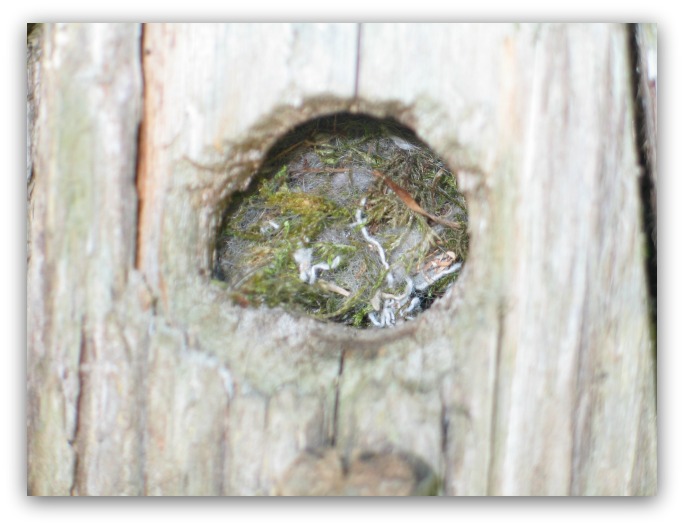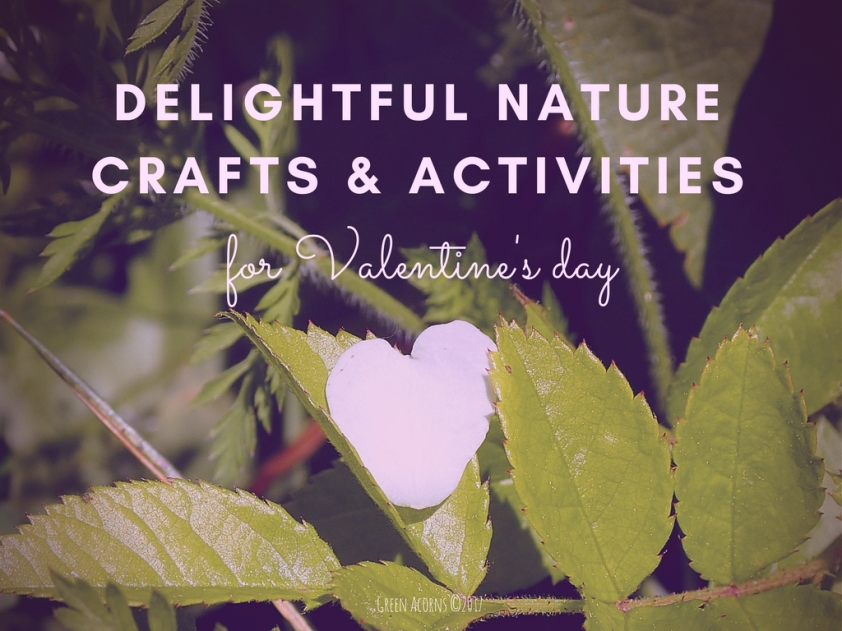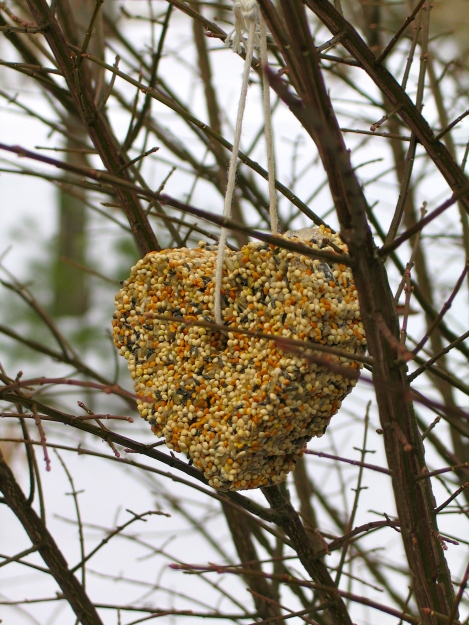
My children are fascinated by birds! They love observing them and learning to identify them and are SO excited when they spot one they’ve never seen before. They are completely captivated. We bring three pairs of binoculars on our outings and perpetually have our favorite birding books checked out from the library. Why I don’t just buy them, I don’t know. Probably because I’d have to clear off an entire bookshelf just to house them. Anyway…
We’ve embarked on a comprehensive bird study. My children know so much already but I’ve decided to start with the basics (because sometimes you don’t know what you don’t know). We’ll be exploring all the characteristics of birds from beak shape to songs and calls to unique behaviors. I’ll be sharing some of our explorations here and hope you’ll follow along.

With spring in full swing here in Maine (finally!), birds have been busy collecting nesting material. They’ve been spotted flying overhead with twigs and bits of fuzzy stuff. It seems fitting then that we start our study by exploring birds’ nests and nest construction. As an opener we read What Makes a Bird a Bird? by May Garelick which leads the reader through the various characteristics of birds until that one special feature that truly makes a bird a bird is discovered. We then read some books just about birds’ nests. Here are some that I recommend:
My children decided to help out the birds in our yard by providing some extra nesting materials. They collected yarn, shredded paper, lint, cotton balls, and some clumps of fur found in our yard. They left it all in a shallow dish in a spot that they have observed birds near on a regular basis.
They then set off to build nests of their own. The idea is to gather materials from nature that a bird might use and construct a nest, to the best of one’s capabilities, that will stay together. A popular method with my children was using mud to make everything stick together. They’ve held up quite well too! They are hoping that some birds will move in. Through this activity the kids learned not only that cup-shaped nests seem to be one of the easiest nest types to build but that birds are amazing architects. Their intricate weaving techniques seem a near impossible achievement.

We then played a game that I came across on the Cornell Lab of Ornithology Bird Sleuth website. You can find it by clicking their “kits and free resources” tab and downloading the free activities. Scroll to the “Nests & Chicks” section and look for the “Baby Bird Run” game. Follow the directions for the simple game in which children identify statements about birds and their nesting behaviors as being either true or false.
I also created a matching game to help my children think about how different nests are tailored for different habitats. If you would like to download your own copy, just click on the image below. Read the statements about nests and fill that statement’s number in the box next to the matching nest. There are more types than listed on the sheet but I wanted to keep it fairly simple.

These activities should prove to be effective ways to introduce children to birds’ nests and their construction. I hope you enjoy!
Note: My children range in age from five to eleven and these activities were appropriate for them all. With my older children I spent some time talking about the different types of nests in more detail and asked them to identify what birds might build what type of nests. If you give any of these activities a try with your children, let me know how it went.































